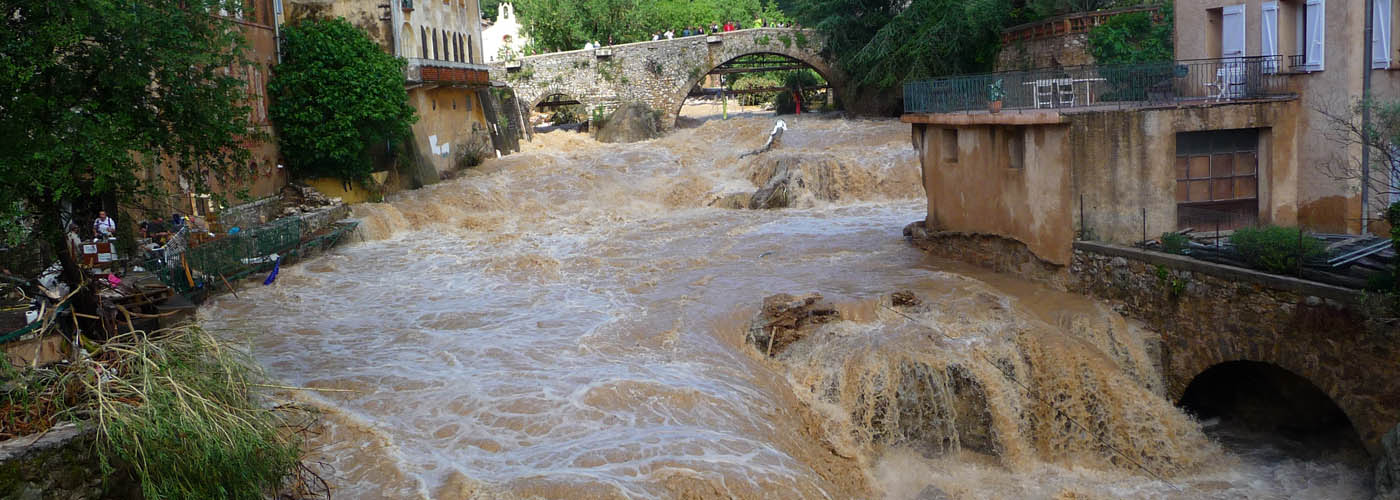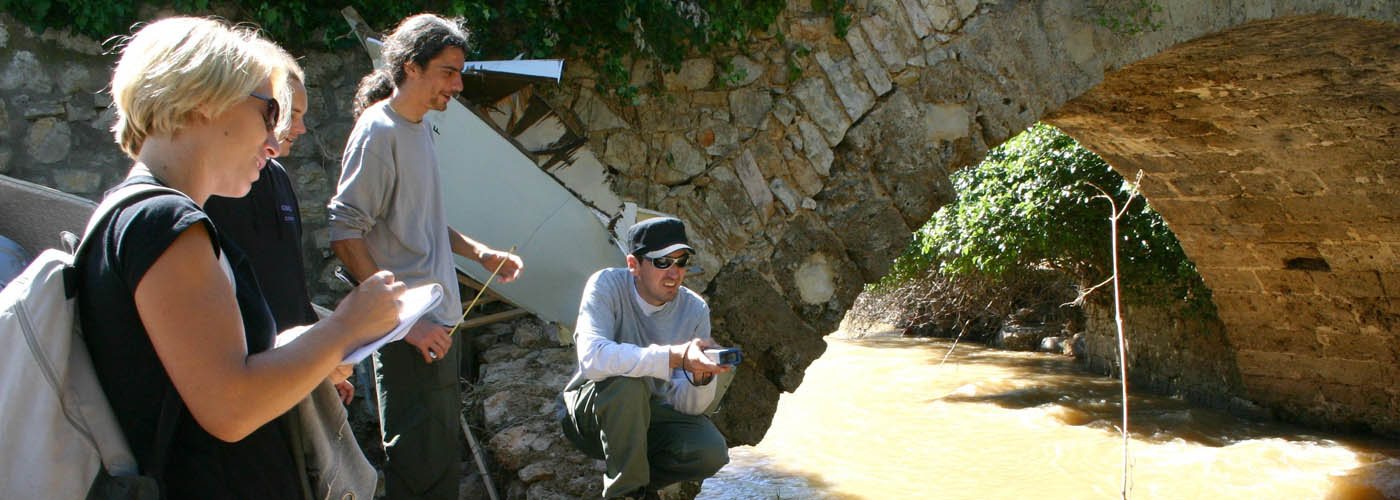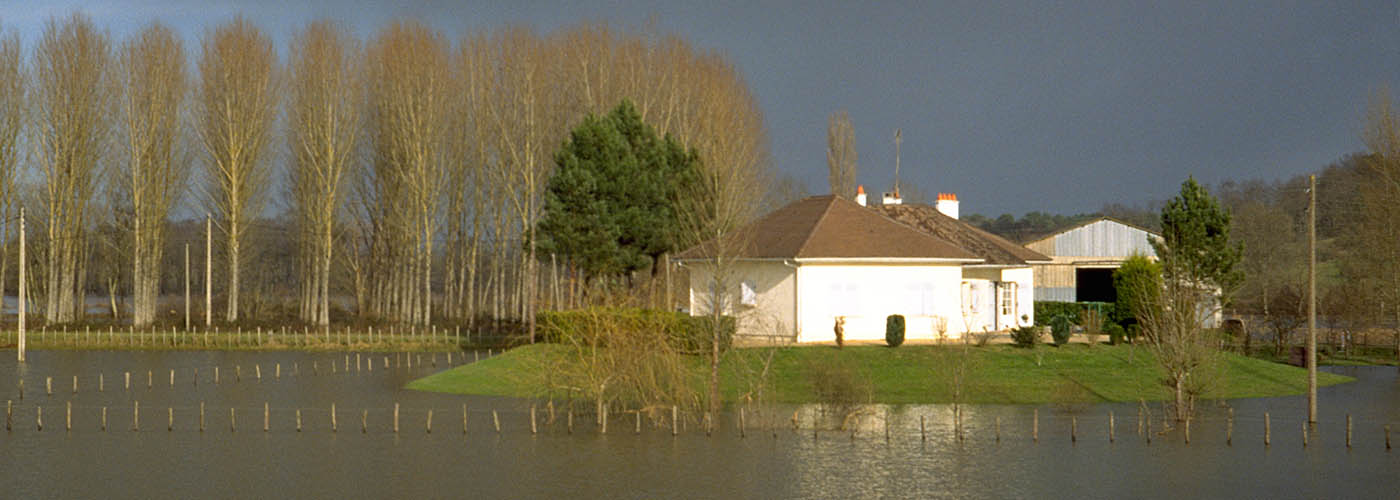ExtraFlo Project (Feb. 2009 – Jan. 2013)
EXTreme RAinfall and FLOod estimation (Design values for extreme rainfall and floods; RiskNat Program of the French National Research Agency)
The increasing requirement of society for a maximum level of protection against natural disasters results in an interest in extreme events. Even if this type of event has little chance of occurring locally, it must be taken into account since human lives are concerned. As regards floods, the consequences of extreme events can be dreadful/dangerous, in particular when this involves the immersion of civil engineering works (dykes, dams) whose failure leads to destructive phenomena and affects areas that are supposedly protected and generally highly urbanized. An early study carried out in the United States (Sheaffer et al., 1976) showed that floods with a return time of at least a century account for two-thirds of the annual average cost of flood damage nationwide. The large increase in the vulnerability of the major built-up areas to floods (in France, Europe and other countries) does not help to improve this state of affairs.
By nature, extreme events are seldom observed locally and the hydrologist has little chance of gathering an adequate sample of catastrophes. However, the principle of probabilistic analysis of extreme values consists of analysing a series of events in time, to infer a probabilistic behaviour which is then extrapolated to the whole of the population of floods or heavy rainfall events. We are then faced with three difficulties:
- How to extrapolate excessively short time series, when information is generally only available on more or less recent events.
- How to set design values for the whole of the territory, whereas the density of the measurement is inevitably limited owing to the spatial variability of rainfall and discharge.
- How to update our knowledge of extreme events in an evolving context, in view of the important questions being raised on the effects of climatic change.
The object of this project is to carry out an intercomparison of the mains methods used in France for estimating extreme values of rainfall and floods, to obtain a better grasp of their respective fields of application. A particular effort is focused on compiling reference data files (digitization of long series, regional sets), to carry out a diagnosis on the strong points and shortcomings of each approach and their sensitivity to the increasing density of information. This work will then make it possible to develop and improve methods for estimating extreme values of rainfall and floods, as well as study the capacity of such methods to take into account the expected effects of climatic change. Moreover, the project aims to place a whole range of practical tools at the disposal of actors concerned with flood risk prevention, so they can estimate values not only according to the hydrological characteristics of river basins but also on the basis of available information.





